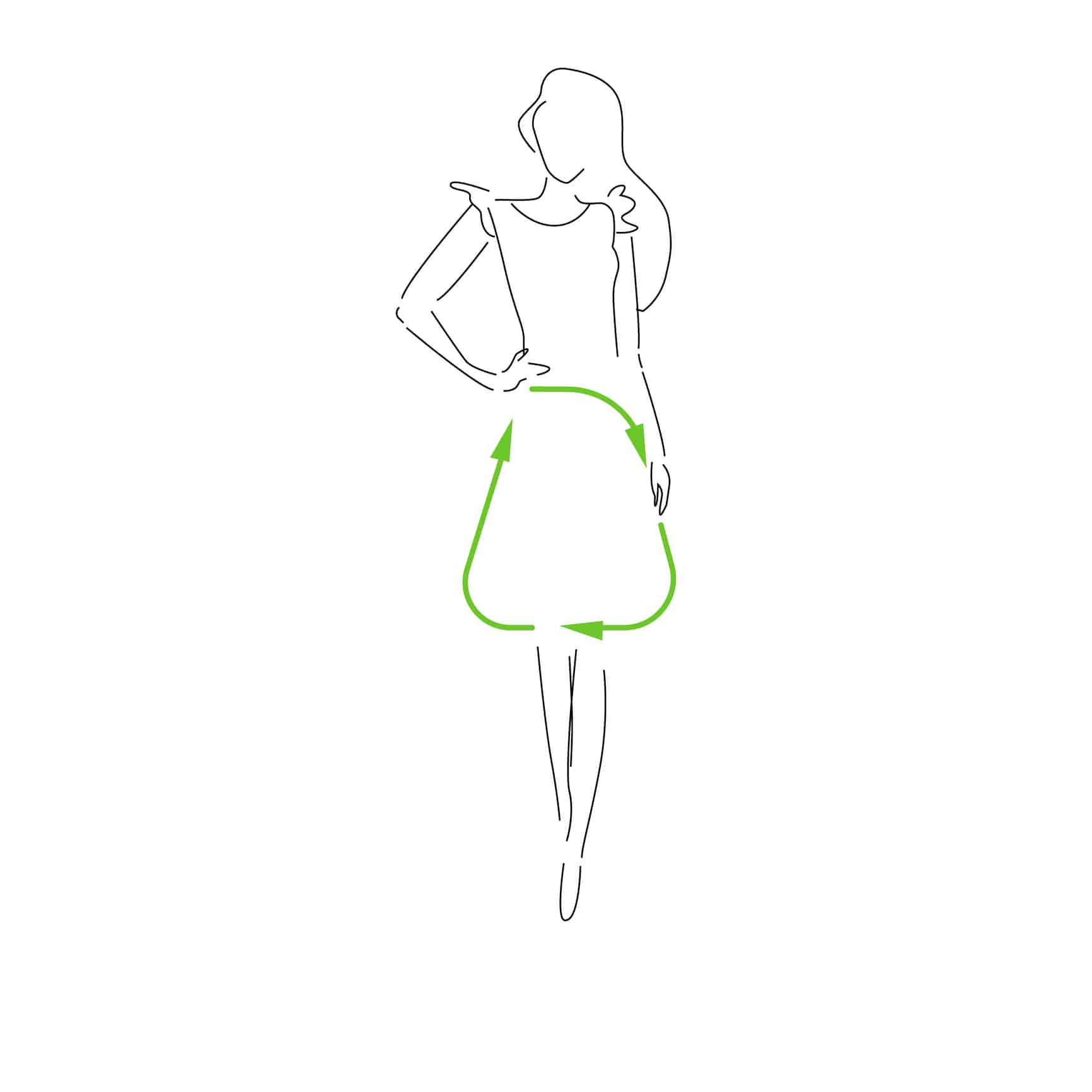Fashion is typically split into four seasons: Spring/Summer, Fall/Winter, Resort, and Pre-Fall. The two main seasons, however, are Spring/Summer and Autumn/Winter and are always shown at Fashion Week in London, Milan, New York, and Paris.
Spring/Summer starts in January and extends to around June. Fall/Winter runs from July to December. Resort collections come somewhere between the first two seasons, while Pre-Fall collections appear in stores a short amount of time before Fall.
If you’re looking to become well-versed in the topic of fashion seasons, here’s everything you need to know.
There tends to be a lot of confusion around fashion seasons since their release dates are often quite different to what their names suggest.
For instance, in January it’s still cold and yet this is when Spring/Summer and Resort collections would be available in stores. The fashion retail calendar is quite different from the traditional calendar with retailers selling spring clothes very early. As for fall clothing, that tends to drop in stores around July to encourage back-to-school shoppers to buy.
With the arrival of a new season, you will often notice that merchandise from the prior season goes on sale. These tactics are used to increase sales and thereby profits.
So, if you’ve ever wondered when strolling into a store why scarves and sweaters are already on display even though it’s summer, this is due to the fashion seasons. Fashion designers should be finalizing and getting their Fall/Winter collection by the middle of Spring/Summer season.
When you work in the industry, you need to be highly organized and able to meet deadlines. The fashion seasons follow a strict pattern, and designs much adhere to that pattern in order to succeed.
Things can also get confusing in relation to Fashion Week. Fashion Week seasons are also different to retail seasons. Fall/Winter Fashion Week is held in February showcasing trends for winter while Spring/Summer Fashion Week takes place in September, showcasing trends for the upcoming Spring. Resort and Pre-Fall collections do not have their own Fashion Weeks. Therefore, brands showcase them independently and send them out to the press. Other brands hold their own fashion shows to display their new collection.
Why are collections shown this early? There are multiple reasons, which we’ll explain right now. First, retail buyers need time to view collections and select the pieces they want to order, and designers need plenty of time to manufacture these orders. It is indeed a time-consuming process and one that must be initiated in advance to keep things running seamlessly.
Magazines also need to know ahead of time since they have a lead time of three months. These publications need to be able to pick up samples to photograph plenty of time ahead before issues go to print. Most of the time, clothes will be shown many months before they actually hit shops.
What’s more, Fashion Week informs the trends for the season so they need to be ahead of everyone when it comes to the fashion seasons. Companies in the fashion industry pay attention to what is displayed at Fashion Week, so it needs to be shown early so that retail buyers, designers, fashion editors, and other appropriate professionals can carry out their work.
While it seems odd to plan a collection a year ahead of time, it is necessary for designers to do this in order to stay on schedule. If you are a fashion designer or you’re just getting started in the business, make sure you plan your clothes designs at least a season ahead to allow time for manufacturing.
Before you can finalize a product design and begin production, you will need to design, develop your collection, send it to your chosen manufacturer, get your sample, revise where appropriate, and possibly even create a second sample. It is indeed a time-consuming process which is why it’s always a good idea to stay ahead and get in front when it comes to your planning.
From start to end, the whole process can take 5-6 months, depending on what changes are needed, if any. Designers who submit Spring designs in January will have already missed their opportunity to sell that collection. If this happens, you will be left with overstocked items that will not sell, and that can cause major loss for your business.
To make the maximize your profits from your designs, set up a solid design manufacturing timeline. Always bear in mind that after one season ends, you should immediately start mapping out the next season’s collection. Always stay in front to stay ahead.
If you want to make the process even simpler for yourself, make sure you and your manufacturer are on the same page. You should be working with a manufacturer with which you work in harmony so things go smoothly. Always be specific about dates and any changes needs otherwise you may experience delays or unchanged products, leaving you with late or no products to sell.
While fashion seasons have dominated the industry for decades, designers are creating more seasonless collections in a bid to boost the longevity of a collection. What with the reality of climate change setting in, many designers are trying to fade out fast fashion and encourage consumers to hold on to their timeless pieces.
For example, during recent shows, we’ve seen surprising trends for the season such as boots in spring and lightweight coats in winter. We’re also seeing more classic silhouettes and fewer dominant trends like prints to encourage customers to hold onto their pieces for longer than a season.
It’s definitely apparent that designers are putting more timeless pieces on the catwalk instead of flash trends. Since customers are actively seeking wardrobes that work harder and year-round, designers are responding to that demand with seasonless and timeless designs.

The fashion seasons can certainly be confusing if you’re not well-versed in the timeline. However, now you know why the fashion seasons are as they are. Fashion Week itself really is the leader of the seasons as designers, shops, and magazines rely on their displays for product and design direction.
If you are a designer and you’re trying to stay in alignment with the fashion seasons, always remember to plan at least one season ahead so you don’t end up missing out and losing profits. However, if you can, aim to plan a little ahead of that so you have plenty of time to complete the process and make any relevant changes.
| Cookie | Duration | Description |
|---|---|---|
| cookielawinfo-checbox-analytics | 11 months | This cookie is set by GDPR Cookie Consent plugin. The cookie is used to store the user consent for the cookies in the category "Analytics". |
| cookielawinfo-checbox-functional | 11 months | The cookie is set by GDPR cookie consent to record the user consent for the cookies in the category "Functional". |
| cookielawinfo-checbox-others | 11 months | This cookie is set by GDPR Cookie Consent plugin. The cookie is used to store the user consent for the cookies in the category "Other. |
| cookielawinfo-checkbox-necessary | 11 months | This cookie is set by GDPR Cookie Consent plugin. The cookies is used to store the user consent for the cookies in the category "Necessary". |
| cookielawinfo-checkbox-performance | 11 months | This cookie is set by GDPR Cookie Consent plugin. The cookie is used to store the user consent for the cookies in the category "Performance". |
| viewed_cookie_policy | 11 months | The cookie is set by the GDPR Cookie Consent plugin and is used to store whether or not user has consented to the use of cookies. It does not store any personal data. |
Create your free account and begin your sustainability journey.

